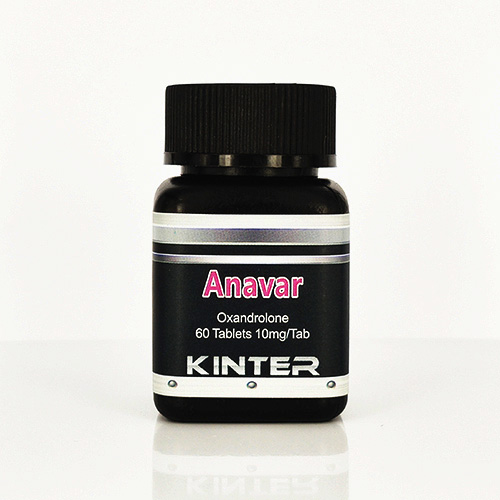Medical uses
Anavar has been researched and prescribed as a treatment for a wide variety of conditions. It is FDA-approved for treating bone pain associated with osteoporosis, aiding weight gain following surgery or physical trauma, during chronic infection, or in the context of unexplained weight loss, and counteracting the catabolic effect of long-term corticosteroid therapy. As of 2016, it is often prescribed off-label to quicken recovery from severe burns, aid the development of girls with Turner syndrome, and counteract HIV/AIDS-induced wasting. Anavar improves both short-term and long-term outcomes in people recovering from severe burns and is well-established as a safe treatment for this indication. It is also used in the treatment of idiopathic short stature, anemia, hereditary angioedema, alcoholic hepatitis, and hypogonadism.
Medical research has established the effectiveness of anavar in aiding the development of girls with Turner syndrome. Although anavar has long been used to accelerate growth in children with idiopathic short stature, it is unlikely to increase adult height, and in some cases may even decrease it. Anavar has, therefore, largely been replaced by growth hormone for this use. Children with idiopathic short stature or Turner syndrome are given doses of oxandrolone far smaller than those given to people with burns to minimize the likelihood of virilization and premature maturation.
Non-medical uses
Many bodybuilders and athletes use anavar for its muscle-building effects. It is much more anabolic than androgenic, so women and those seeking less intense steroid regimens use it particularly often. Many also value anavar’s low hepatotoxicity relative to most other orally active AAS. Besides changes in conditioning and muscle mass, it will also increase strength significantly. It won’t make you hold any water at all and is also great for preserving muscle during caloric deficits.
Pharmacokinetics
The oral bioavailability of anavar is 97%. Its plasma protein binding is 94 to 97%. The drug is metabolized primarily by the kidneys and to a lesser extent by the liver. Anavar is the only AAS that is not primarily or extensively metabolized by the liver, and this is thought to be related to its diminished hepatotoxicity relative to other AAS. Its elimination half-life is reported as 9.4 to 10.4 hours, but is extended to 13.3 hours in the elderly. About 28% of an oral dose of anavar is eliminated unchanged in the urine and 3% is excreted in the feces.
